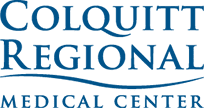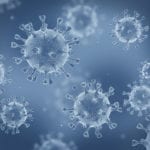One of the most privileged opportunities to have as a physician is educating the patients we treat each day. You see for a doctor, education can lead to prevention of medical diseases like cancer. According to an article published in the American Family Physician journal, testicular cancer is the most common solid tumor affecting males aged 15 to 34 years old. The American Cancer society predicts that this year over 9,000 new cases of testicular cancers will be found in the United States. The society states that the rate of new testicular cases has been increasing in the United States over the last ten years. Fortunately, the survival rate for testicular cancer is high if caught early.
What are the risk factors of testicular cancer? First is age as testicular cancer is a disease affecting young and middle-aged men. Ethnicity is another factor placing someone at risk for testicular cancer due to cases being found highest among whites, Hispanics, and American Indians. A history of an undescended testicle has been shown to place a male more at risk for developing testicular cancer. In boys, the testicle should descend into the scrotum by the age of 1. A person with a history of testicular cancer in a first degree relative such as a father or brother is at increased risk. Someone who has a history of already having testicular cancer can be at risk factor of developing testicular cancer again in the unaffected testicle. The American Cancer Society notes HIV/AIDs as a risk factor also.
Apart from recognizing risk factors, early detection has been shown to be most important in affecting successful treatment. The American Urological Association, American Medical Association, and American Cancer Society each recommend that men perform self-testicular exams as this can help detect cancer early. The self-examination is best performed in the shower when bathing as this is when the scrotal skin is relaxed. The exam involves feeling each testicle so as to determine if there are any worrisome findings. Worrisome findings to look out for include a firm lump that is felt on a testicle, one testicle being dramatically more enlarged than the other testicle, or noticing your scrotum is red and swollen. Additionally, having annual wellness examinations by a physician who examines the scrotum and testicles have been shown to aid in early detection of testicular cancer. In the unfortunate event that someone is diagnosed with testicular cancer, treatment will involve the patient undergoing surgery to remove the cancerous testicle. If the cancer is more advanced, meaning it has spread to other areas of the body, treatment can be more extensive including chemotherapy, radiation, and additional surgery.
So men, take the advice of experts in mens’ health: recognize risk factors, do regular testicular self-exams, and if you should notice a lump on your testicle, seek medical attention.








